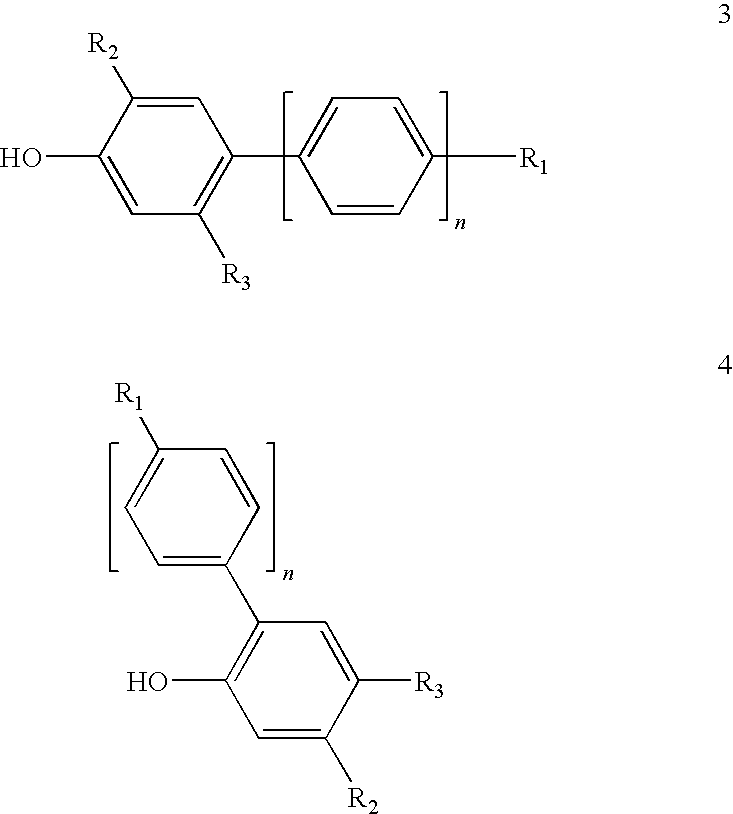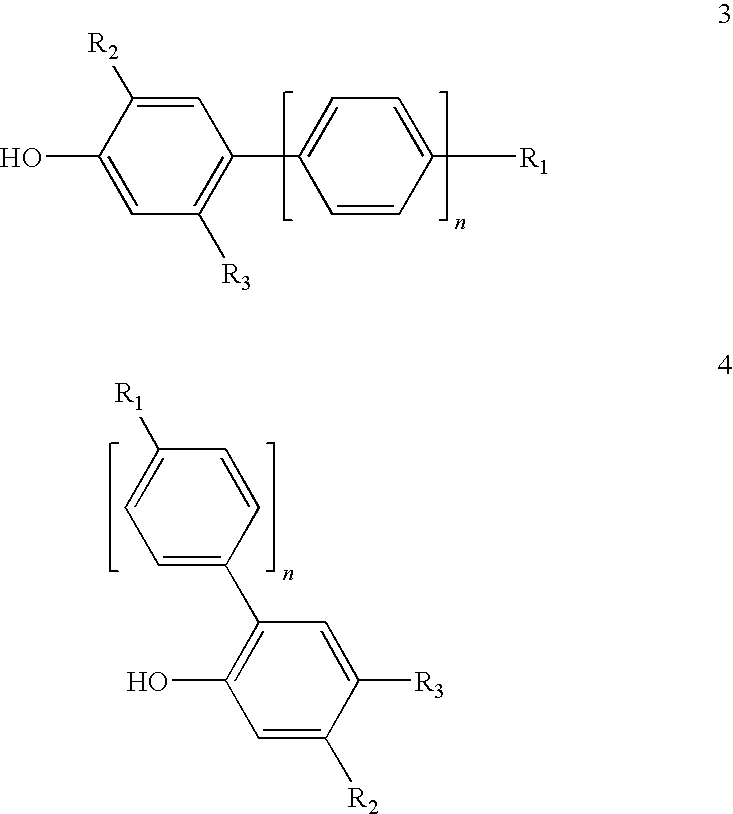Adhesive for Medical Applications and Means for Haemostasis
a technology of adhesives and tissue, applied in the field of adhesives for tissue, can solve the problems of adhesion, adhesive components are washed away with the bloodstream, and the adhesive for tissue on the basis of acrylate used so far cannot be applied to superficial wounds, and achieve good adhesive properties
- Summary
- Abstract
- Description
- Claims
- Application Information
AI Technical Summary
Benefits of technology
Problems solved by technology
Method used
Image
Examples
example 1
Preparation of the Natural Zeolite Fine Granulates
[0176]Selectively decomposed minerals having ≧70% zeolite content, preferably clinoptilolite, chabasite, and mordenite, are obtained after drying and precrushing with a corn band of 0.8 to 0.2 mm. With respect to purity, the requirements according to US Pharmacorp, or Europ, Pharmacorp, are to be satisfied. A partial dehydration while maintaining the crystal lattice structure is obtained by the mild thermal treatment in selected temperature intervals at temperatures <200° C.
example 2
Testing the Micropore Volume and the Grain Size Distribution
[0177]The products obtained according to Example 1 exhibit 25-50% micropore volume (relative to the total volume) and a medium nanopore diameter in the range of 0.3-0.5 nm.
[0178]The nanopore size and the structure of the fine granulates enable a maximized blood absorption and a rapid penetration of the fine granulate resorbent.
[0179]The capillary force action is by five to ten times higher than in the commercial product CERDAC tested for comparative purposes.
example 3
Testing the Fine Granulates for their Suitability for Stopping Bleeding
[0180]Method:
[0181]Two fine granulates, obtained according to Example 1, are tested.
[0182]The tests were carried out using rat liver as a prototype for an organ strongly supplied with blood. For this reason, rats were narcotized. After opening the abdominal area, a long cut of about 1 cm in length was made with a scalpel. The bleeding was filmed. The time period until stopping of the bleeding was measured.
[0183]Result:
[0184]The application of the inventive granulates leads to the stopping of the bleeding within 1 min. (control without treatment up to 8 min.). A scab-like covering is formed protecting the wound.
PUM
| Property | Measurement | Unit |
|---|---|---|
| temperatures | aaaaa | aaaaa |
| temperatures | aaaaa | aaaaa |
| molecular weight | aaaaa | aaaaa |
Abstract
Description
Claims
Application Information
 Login to View More
Login to View More - R&D
- Intellectual Property
- Life Sciences
- Materials
- Tech Scout
- Unparalleled Data Quality
- Higher Quality Content
- 60% Fewer Hallucinations
Browse by: Latest US Patents, China's latest patents, Technical Efficacy Thesaurus, Application Domain, Technology Topic, Popular Technical Reports.
© 2025 PatSnap. All rights reserved.Legal|Privacy policy|Modern Slavery Act Transparency Statement|Sitemap|About US| Contact US: help@patsnap.com



